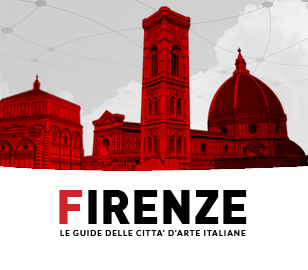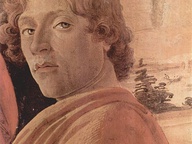Tiziano Vecellio (Titian)
Pieve di Cadore 1490 ca - Venice 27/08/1576

There are no reliable records on the birth of Titian, which has been placed between 1485 and 1490, or on his move to Venice at the beginning of the sixteenth century. It was there that his technical ability led to recognition from important families, bringing him the commission for the frescoes in the Fondaco dei Tedeschi (in 1508, with Giorgione). The extraordinary Assumption in the church of Santa Maria Gloriosa dei Frari (1516-18) established his definitive presence on the Venetian art scene – so much so that upon the death of Giovanni Bellini (1516) he obtained the hugely coveted role of official painter of the Serene Republic. From that moment on, his ascent continued seamlessly with commissions from all the main Italian courts: Urbino, Mantua and later Pope Paul III and the Farnese family, for whom he travelled to Rome in 1545. His outstanding abilities as a portrait artist opened the doors to Europe, from France to the Empire, where Charles V and later Phillip II would be his most important and consistent patrons. A leading figure throughout the sixteenth century thanks to the fascination and drama of his paintings, he would conclude his career with extraordinarily modern works like the Accademia’s Pietà (1576), created with rapid touches and characterised by an unfinished quality that echoes the other great artist of the century - Michelangelo.
Works of art
-
Pinacoteca Ambrosiana
-
Ritratto del conte Antonio Porcia
Pinacoteca di Brera -
San Girolamo penitente nel deserto
Pinacoteca di Brera








